5247 Sheridan Street
Cathedral of St. Anthony, Cathedral of St. Anthony Ecumenical Catholic Church
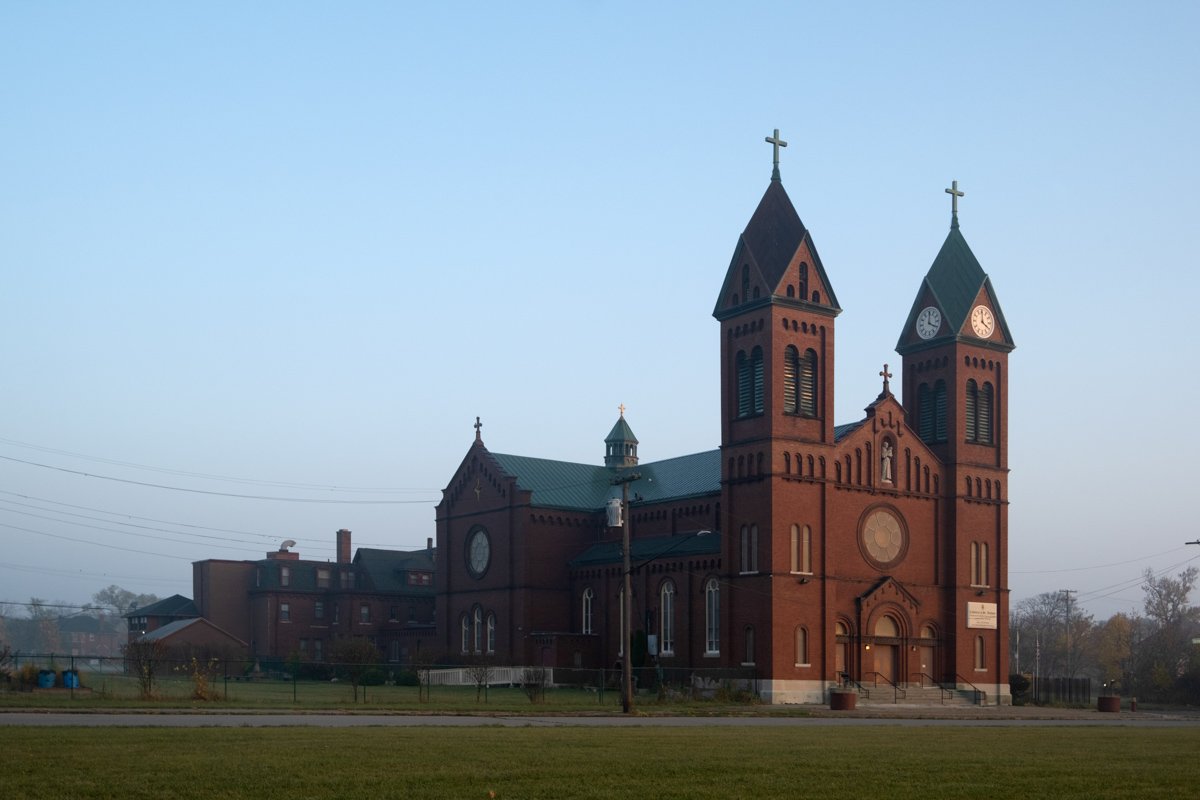
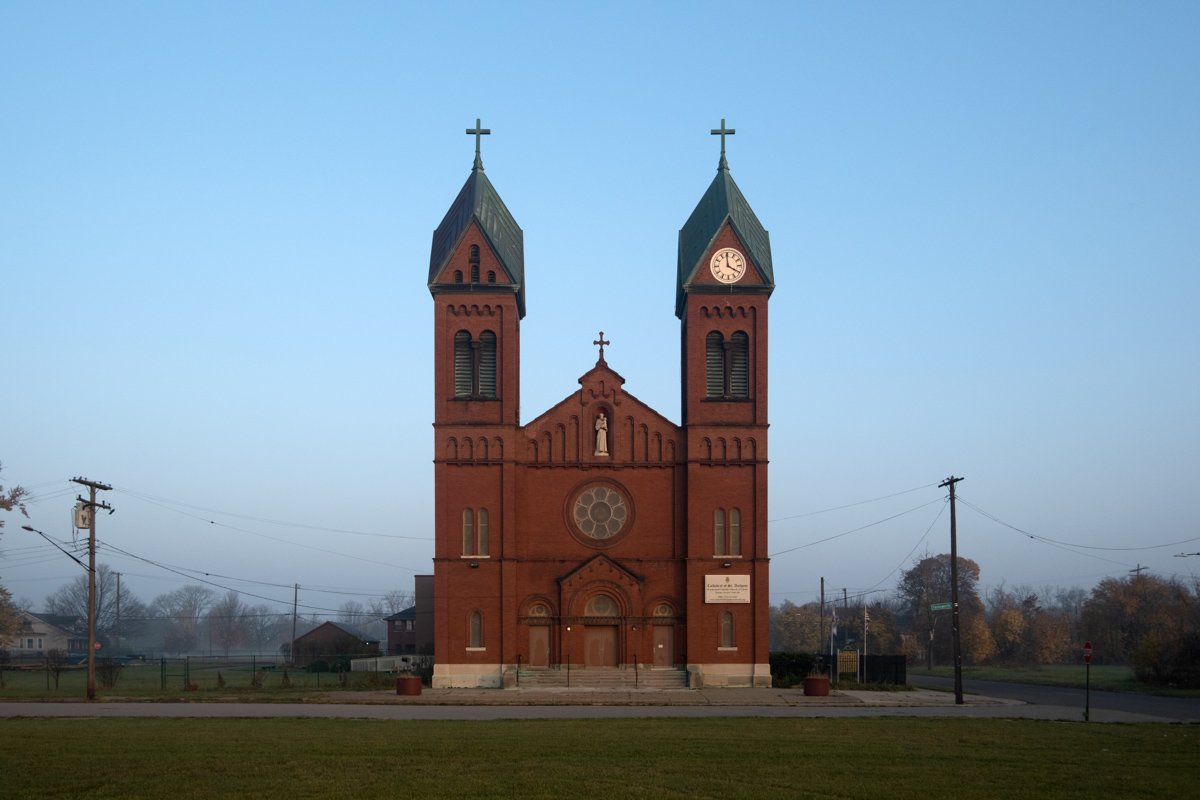
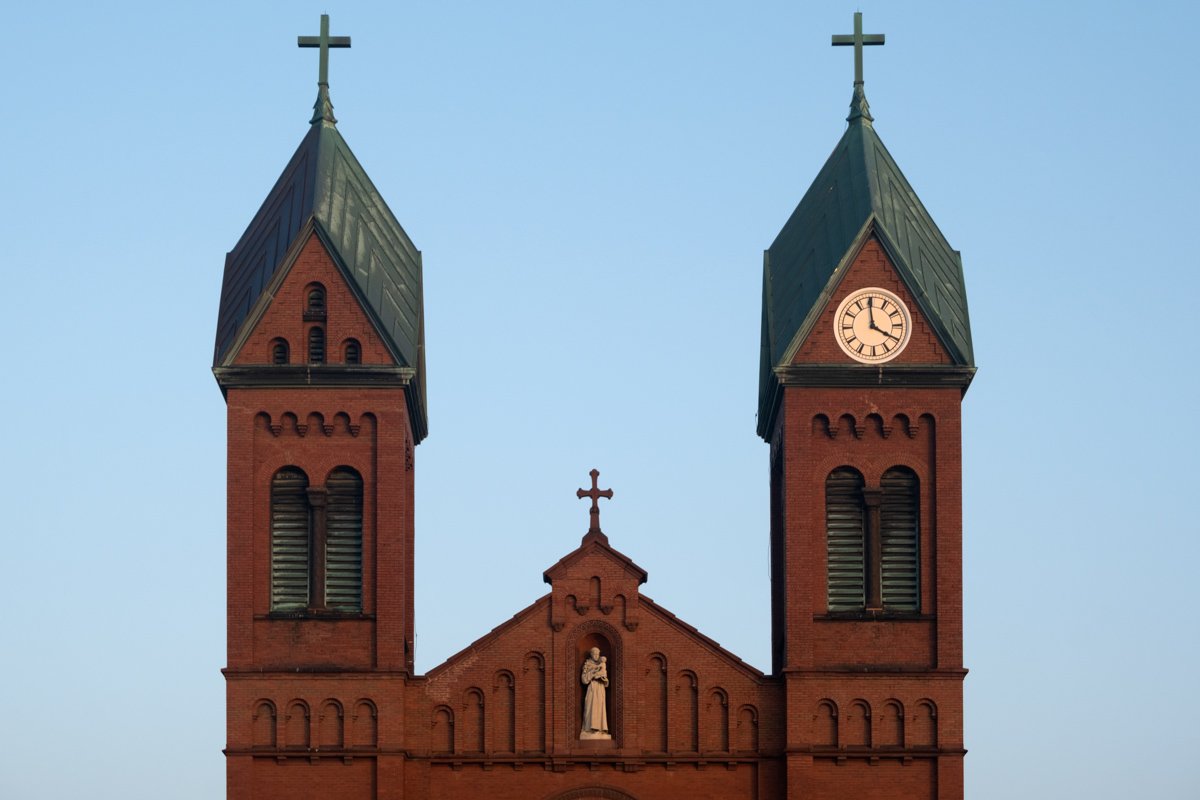
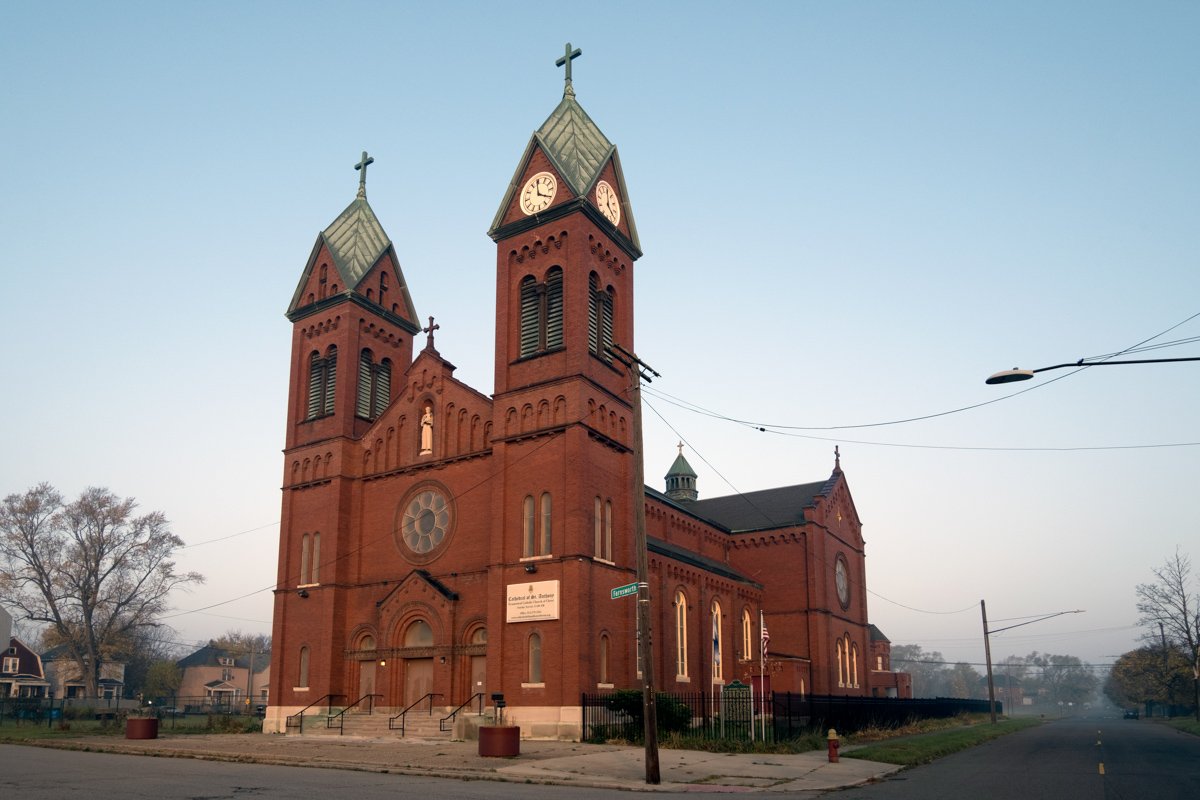
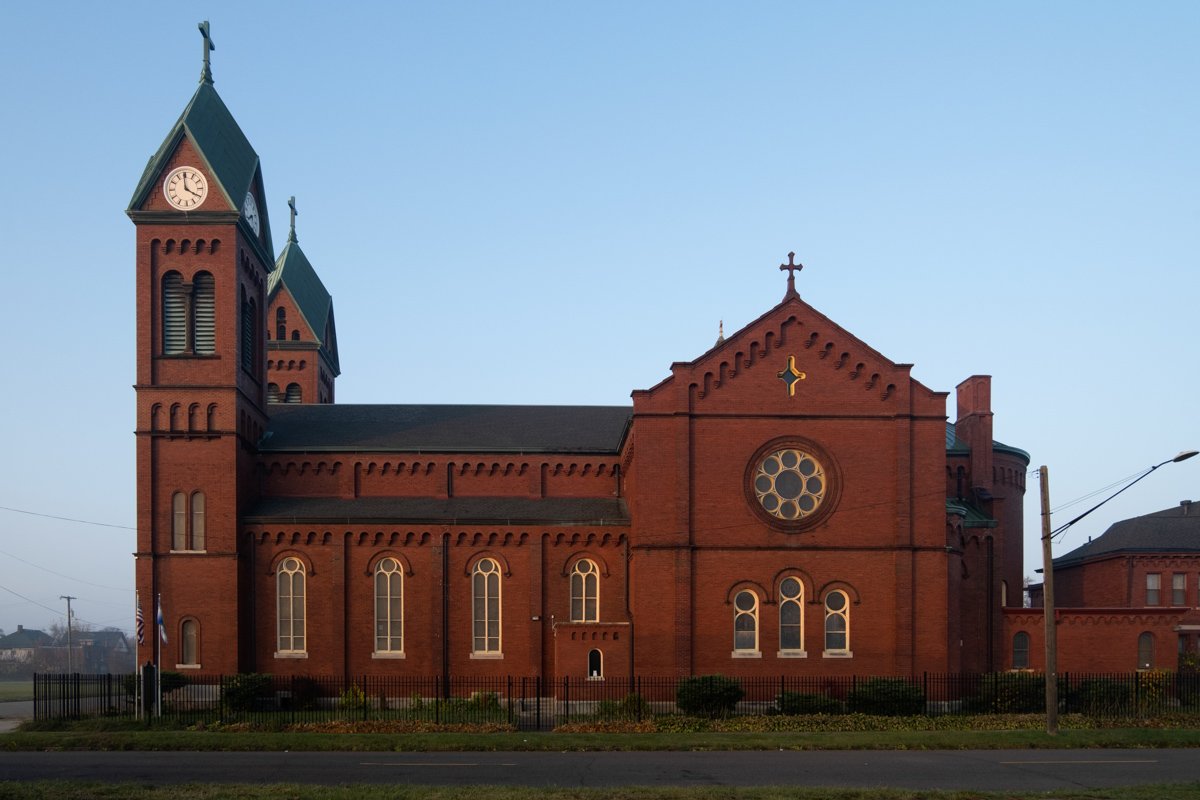
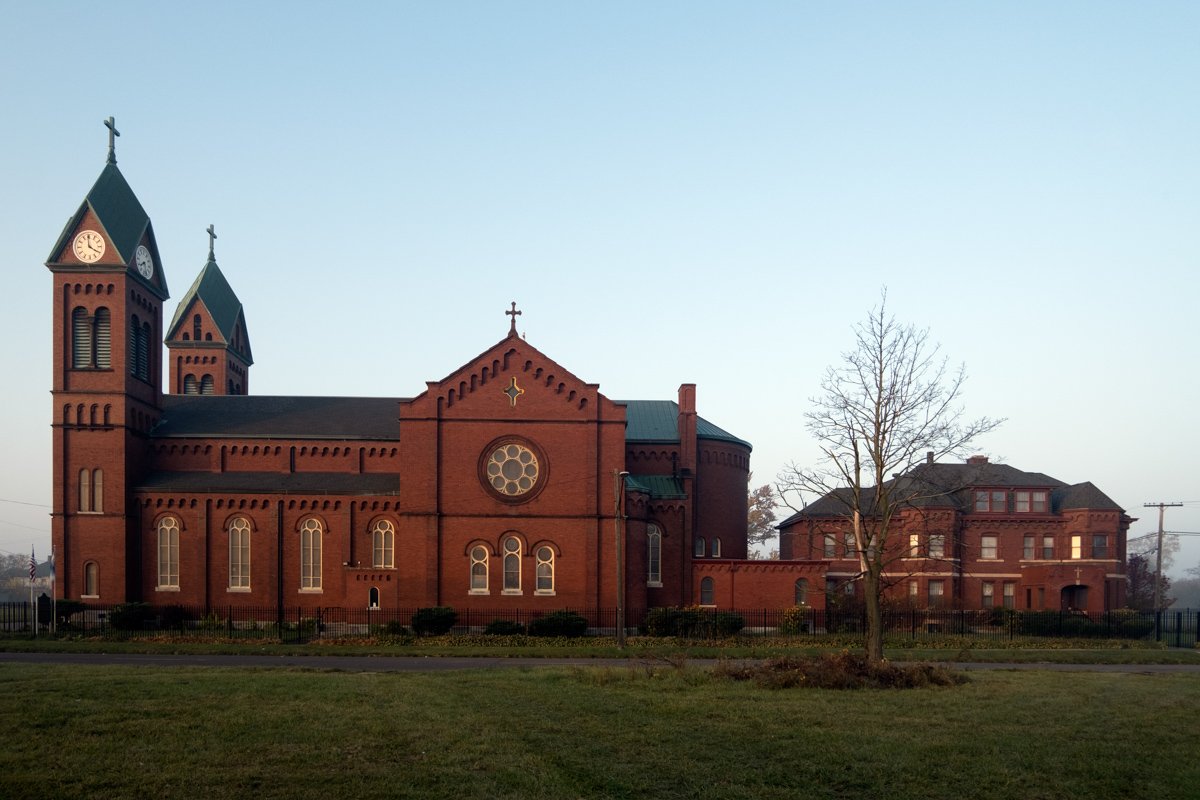
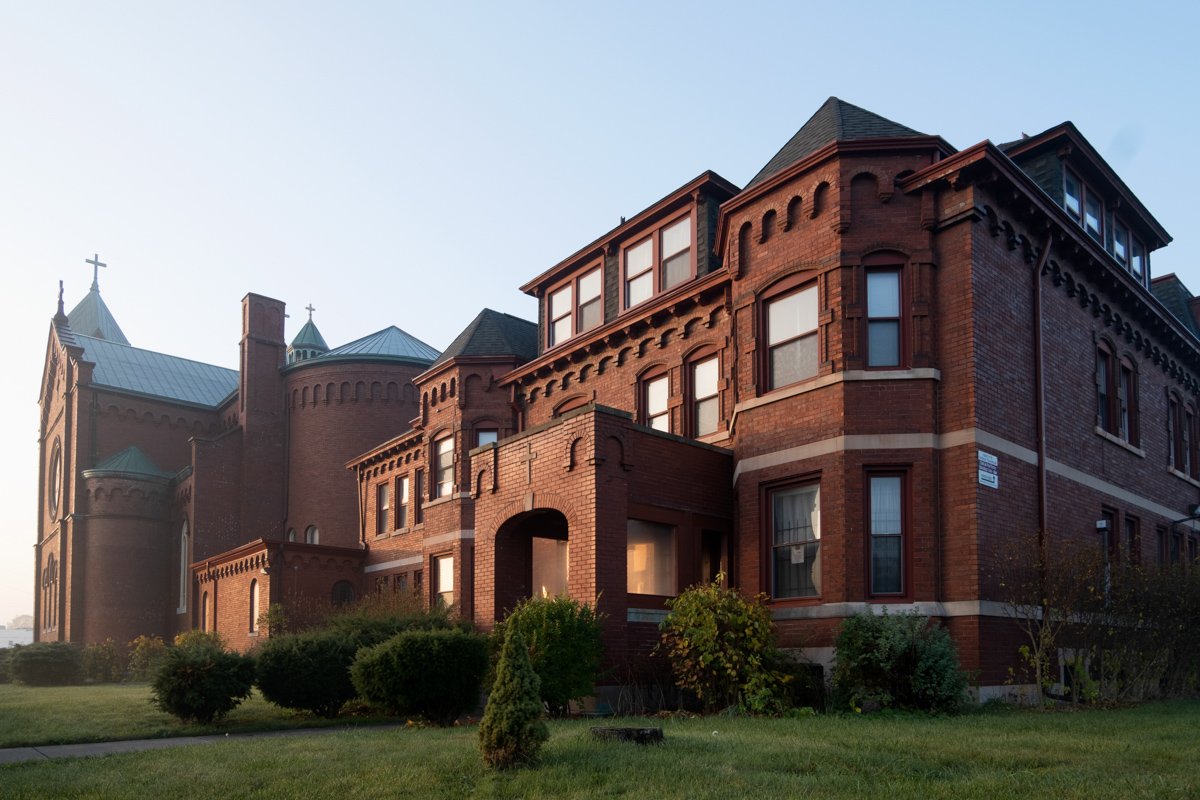
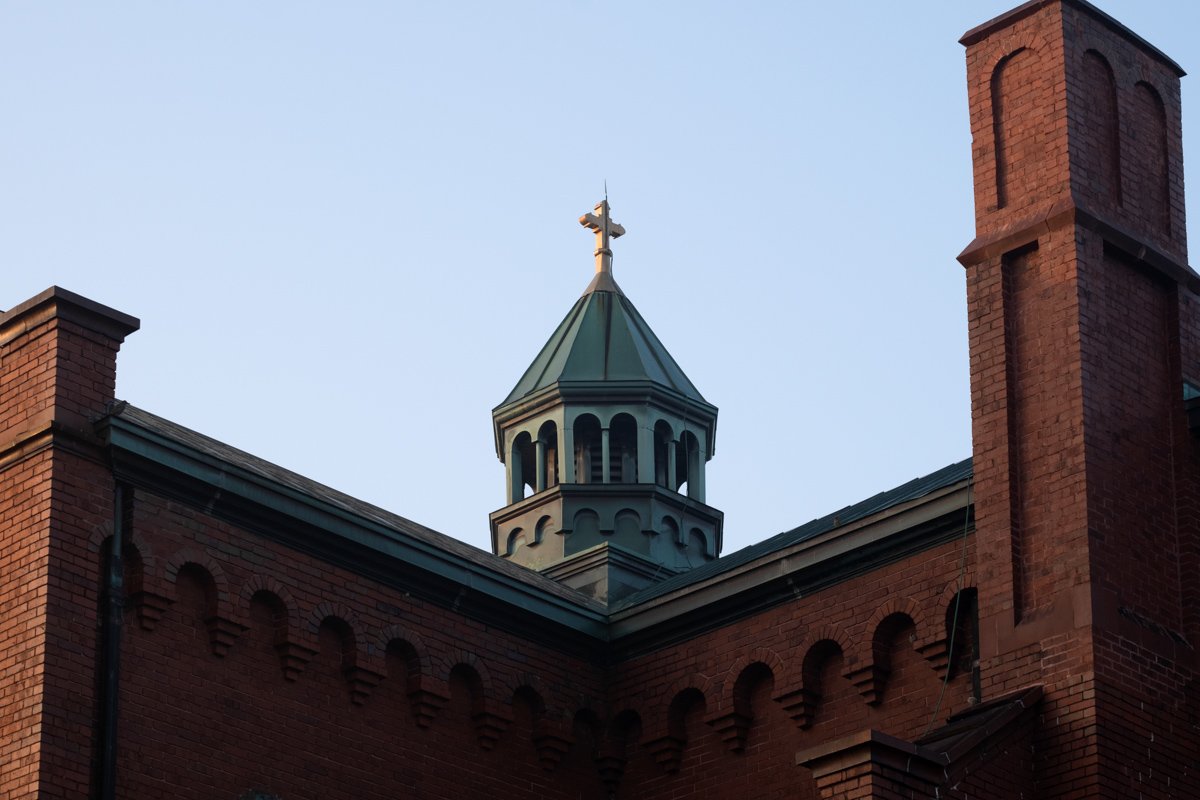
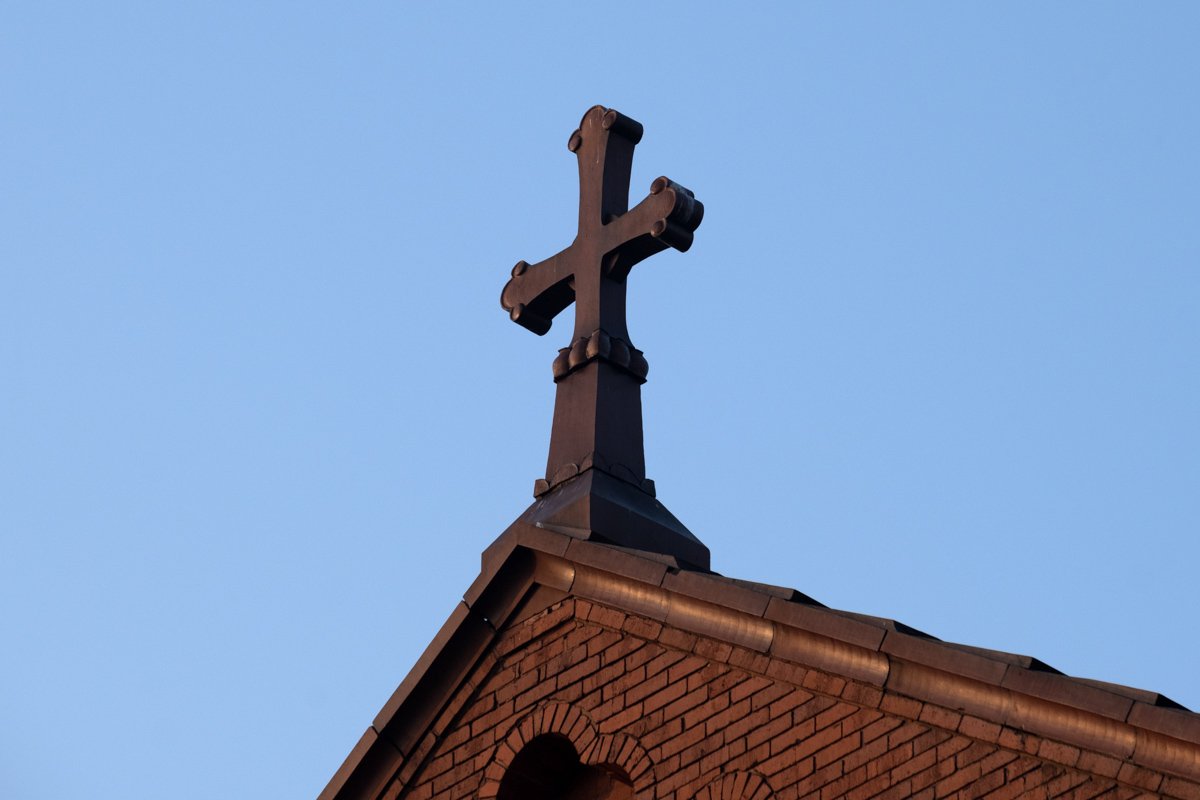

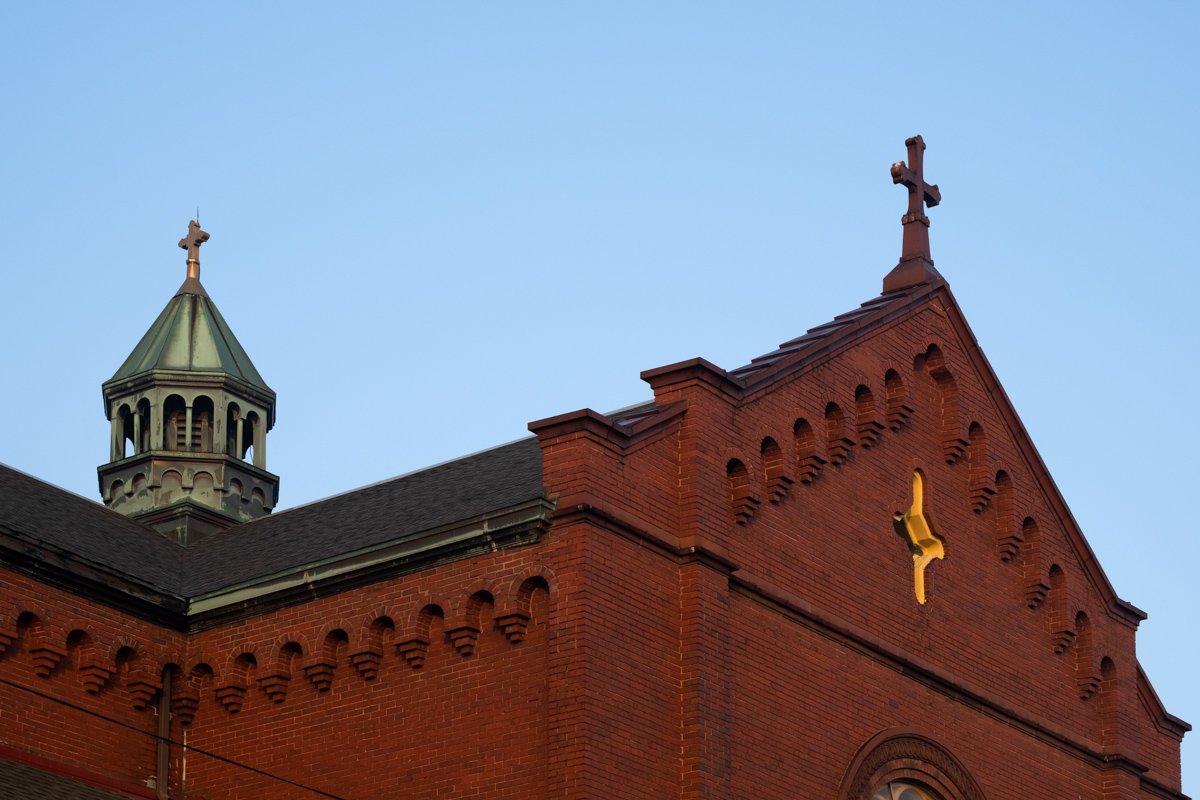

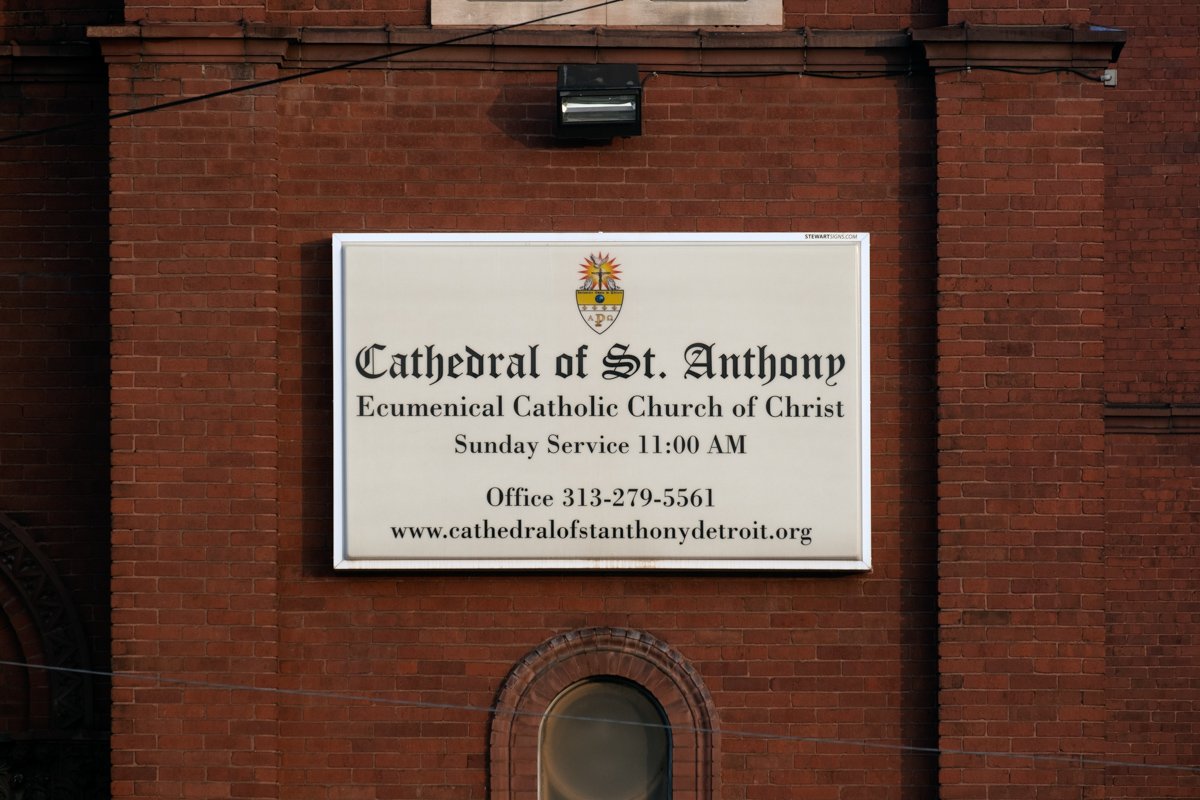
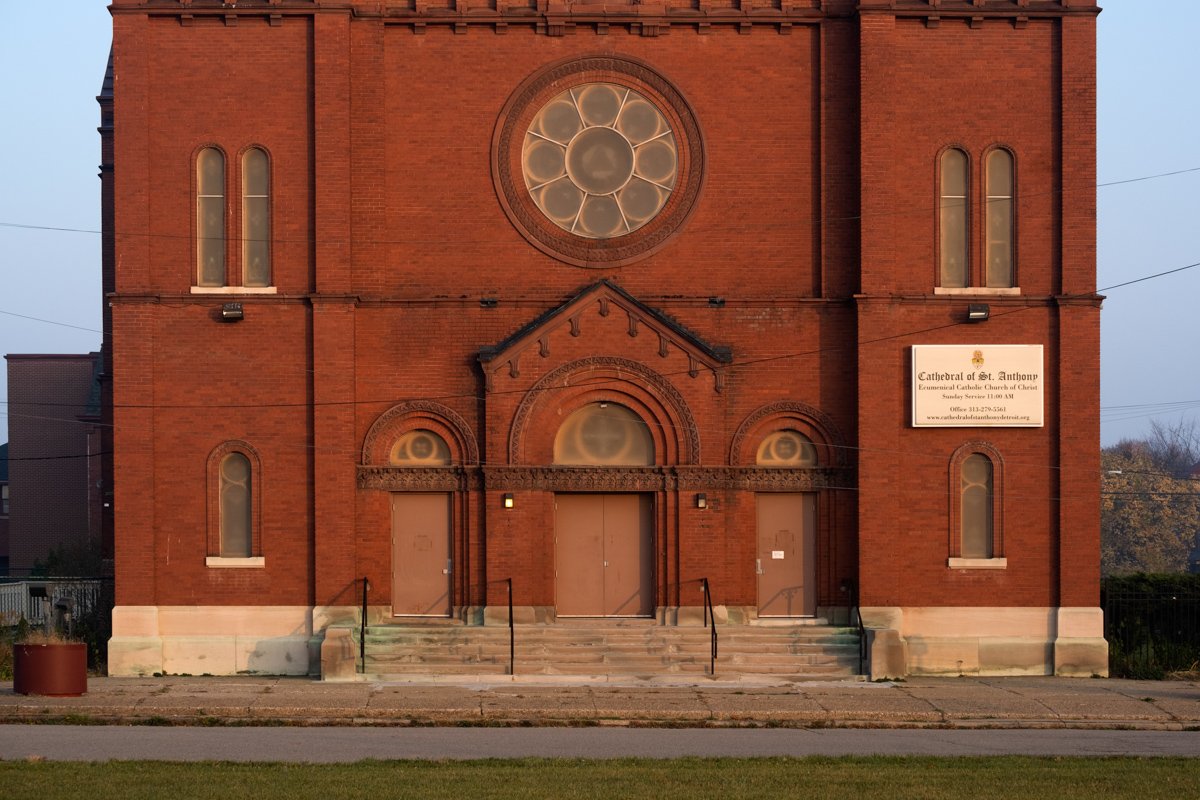
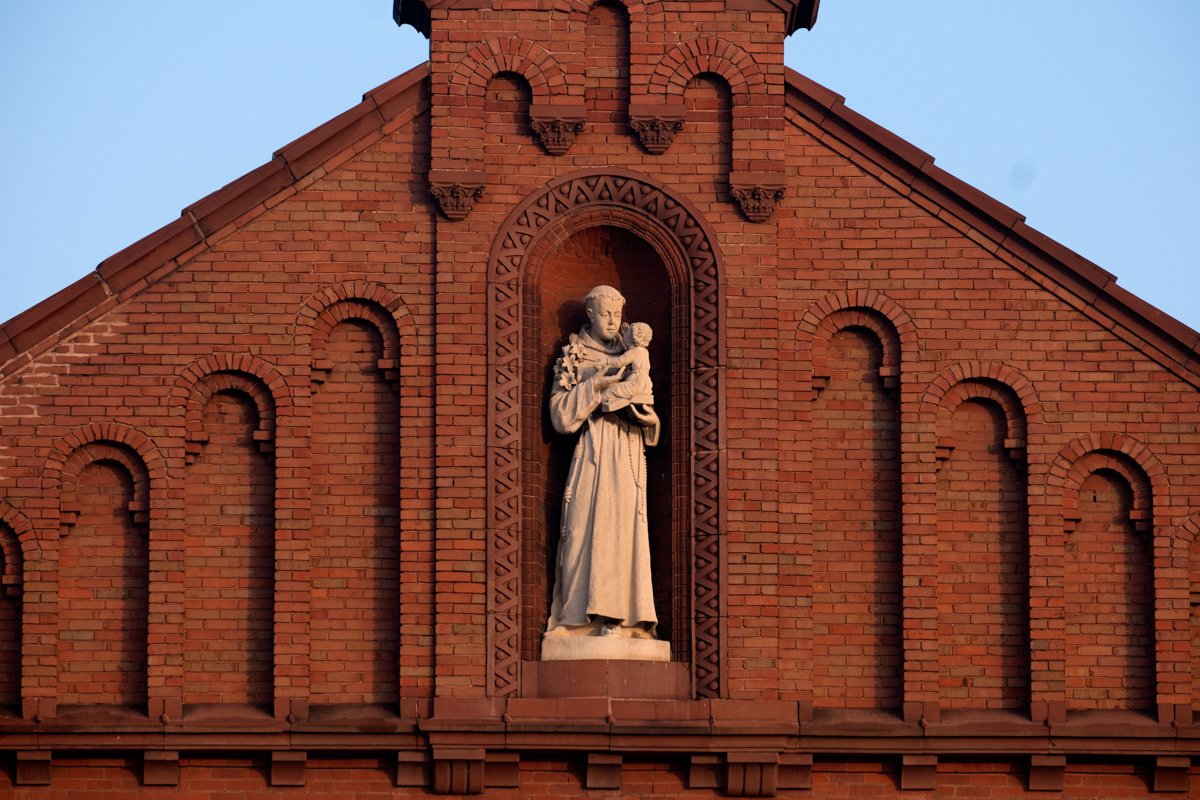
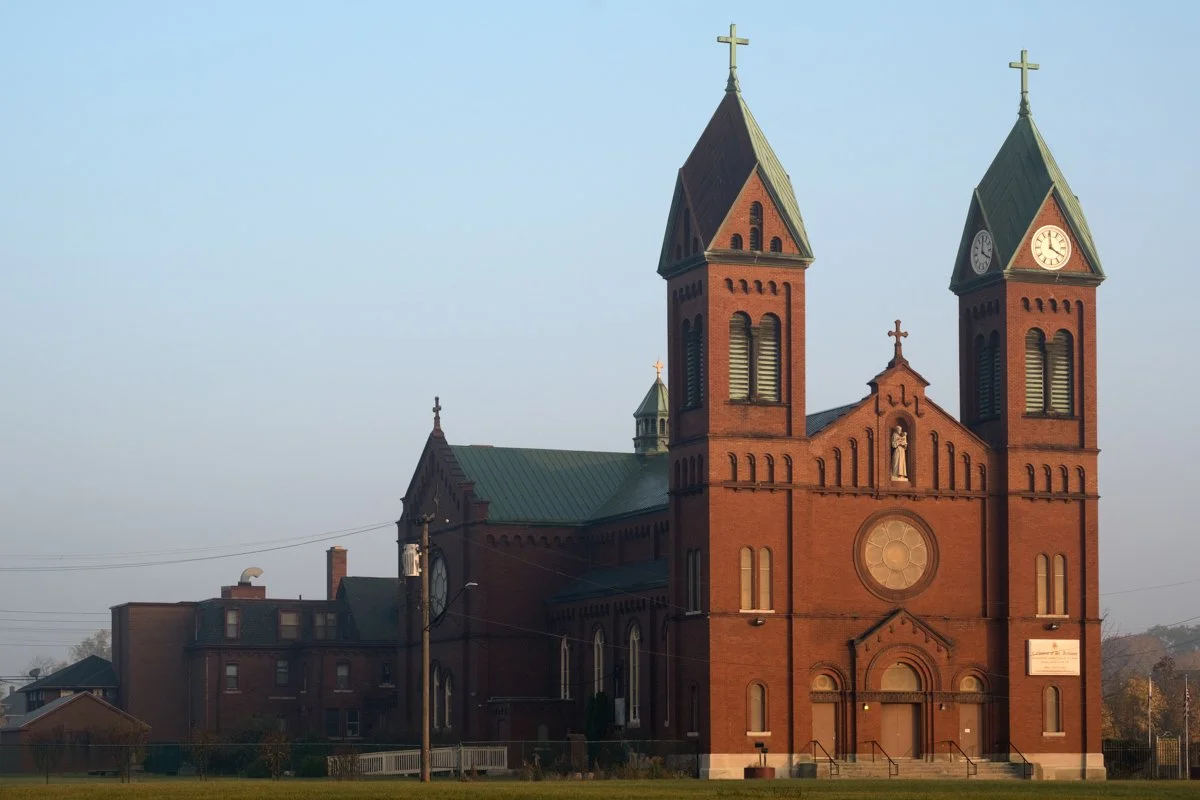

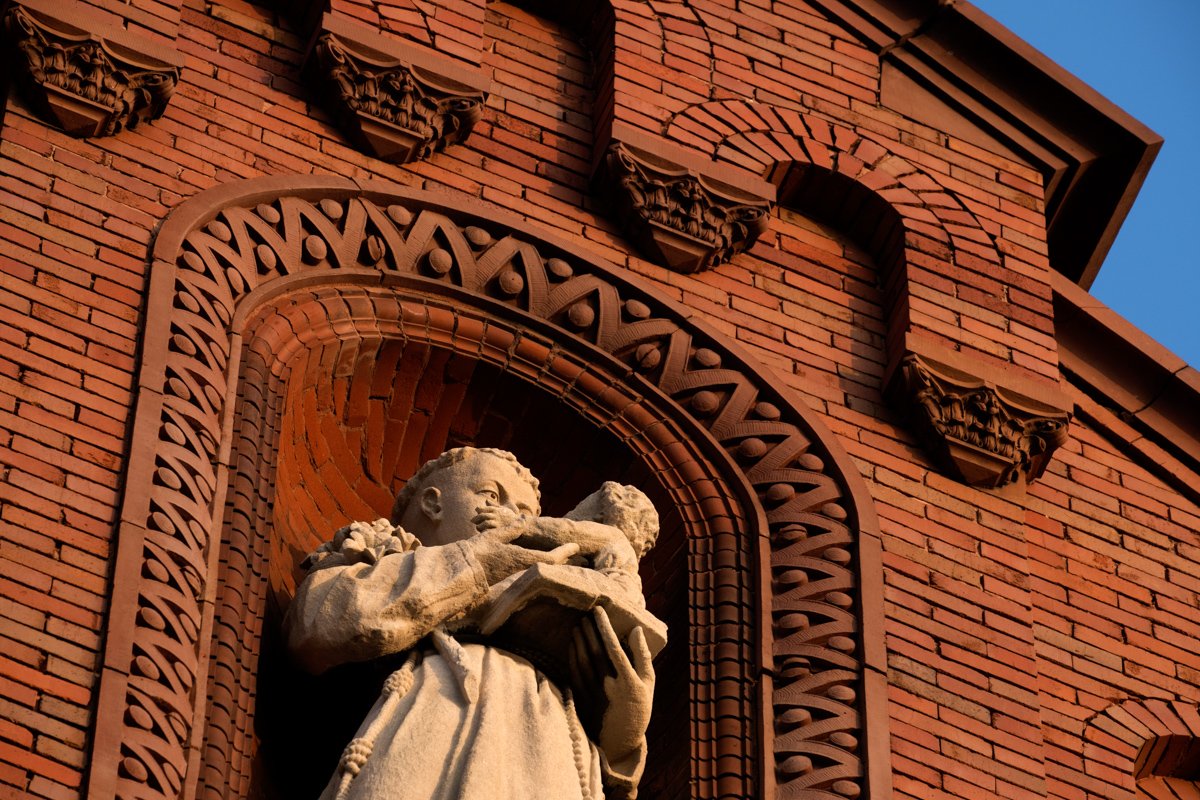
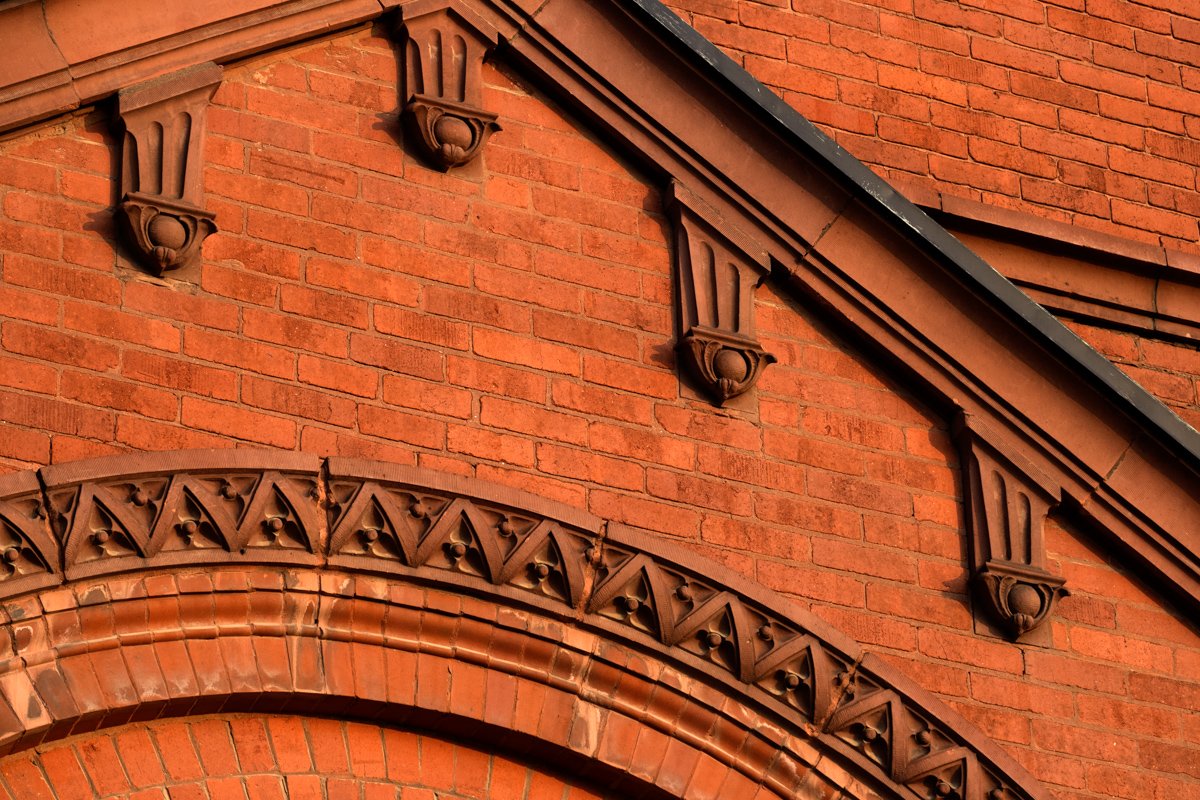
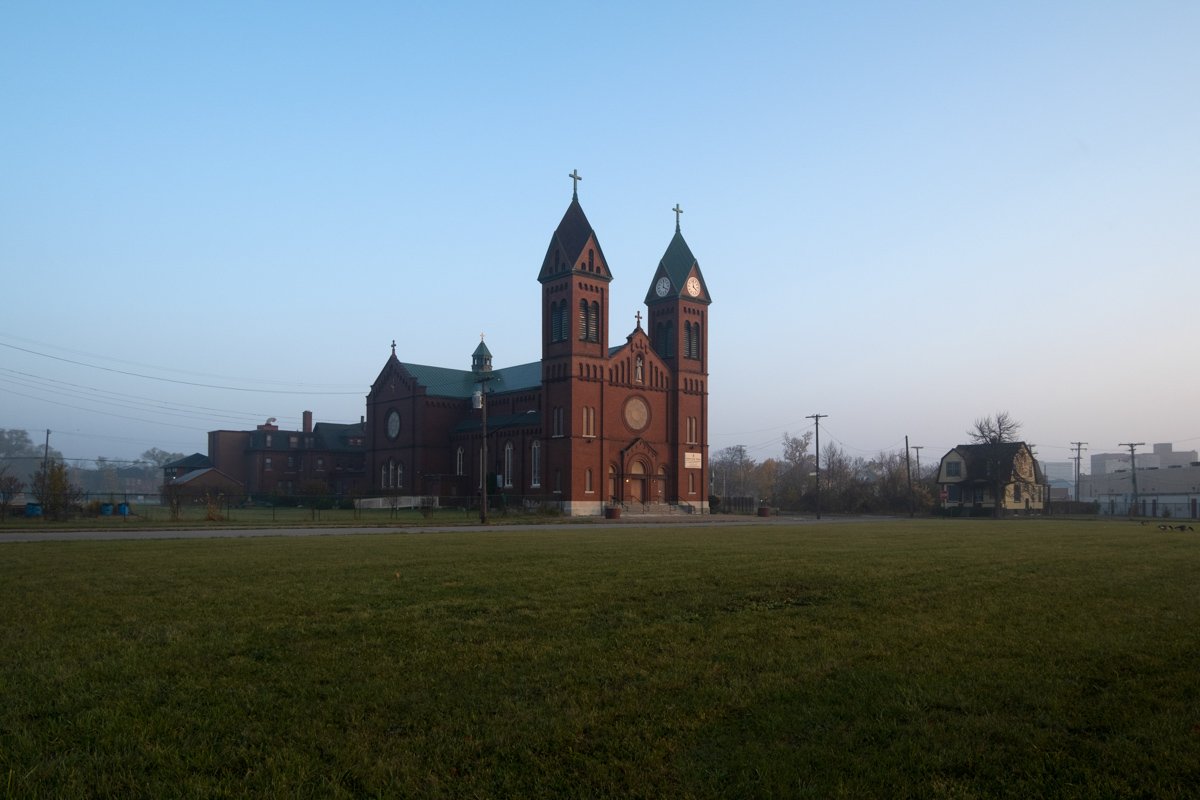
Typically when I research buildings in Detroit, I struggle due to a lack of information. While researching St. Antony Catholic Church off Gratiot, I struggled due to an overabundance of stories, personal accounts, and knowledge. The sheer amount of information about this place is a testament to its importance to the community at large and the lasting impact it continues to have in Detroit.
Here are a few things I learned and a brief history of the structure.
St. Antony was once the center point of a vibrant neighborhood. Today, it remains evidence of what the surrounding community once looked like—amongst a sea of vacant lots.
The cornerstone for the current church was laid in 1901, and the church would open a year later. It was designed by Donaldson & Meier. The parish was founded sometime around 1857 as an outstretched arm of St. Joseph's Church near Eastern Market. The congregation had a school, too, and would later expand it to meet the growing needs of the population of the surrounding, primarily German, neighborhood.
The first St. Anthony grade school was built around the turn of the century and was remodeled and added onto as the population of Detroit grew. The first high school was constructed in 1918—but a larger structure was built in the 1920s. Since 1894, the schools had been run by the School Sisters of Notre Dame. The school formed an alumni association in 1927. St. Anthony High School would become one of the finest in the city, with one of the best sports programs in the Catholic High School League.
The CHSL was founded in 1926 in Detroit as a league for the local catholic schools to compete against each other in sports. The league would expand as far as Port Huron to the north and Toledo to the south, and it still exists today.
In October of 1934, St. Anthony High school beat De La Salle Collegiate 7 to 6 for the first time in eight years to knock the Pilots out of championship contention. St. Anthony moved into first place with the victory.
In November of 1943, St. Anthony clinched the First Division East Side championship after beating St. Joseph's 20 to 0. They finished the regular season "unbeaten, untied, and unscored on," the Detroit Free Press reported. They scored 99 points in six games.
Eventually, the school would transition away from its roots as a hard-nosed football school into a basketball school. In May of 1955, a permit was issued for an estimated $300,000 project to construct a recreational building at St. Anthony. In 2022 money, that's roughly $3.3 million. It would be completed the following year and usher in the era of basketball.
St. Anthony High School students utilized the gymnasium, but those in the neighborhood were cut off from using it. This changed in May of 1969 when Dennis Alexander, 23, was hired to coach the boy's basketball team. He grew up in the surrounding neighborhood but didn't attend St. Anthony, so he knew what it felt like to be excluded from the facilities. He opened the doors to local kids every day after school for hours, teaching them how to play basketball and lift weights. Alexander was an all-city player at Northeastern and played for Aquinas College.
He would coach at St. Anthony, then called East Side Catholic High School, for three years. Later, Eugene Dennis "Denny" Alexander was the assistant coach at Central Michigan from 1972 to 1978. After that, he was the head coach at Xavier University of Louisiana from 1978 to 1990, holding the school record for victories. He passed away in 2016.
In 1973, Dave Soules, the former St. Anthony coach and current assistant principal, took over coaching at East Catholic High School. He coached the team for 33 seasons, winning eight state championships, two runner-up trophies, and 18 regional championships. He coached at the school until its closure. When speaking about the talent on his teams, he said, "With some of the kids I had, you didn't have to be a genius." He passed away in 2009 after a lengthy battle with cancer.
Before diving into the demise of the school, I should mention some non-sporting information I found.
In May of 1939, a baby was found inside the sanctuary of St. Anthony. After being taken to the hospital, doctors said they believed the baby couldn't have been older than 5 hours when it was discovered at the church. The mother wasn't found, so the baby was taken to the St. Vincent de Paul Society. They named her Mary.
In 1955, the polio vaccine was administered to students at St. Anthony.
In 1957, the parish celebrated its centennial with a three-day festival. Edward Mooney, the Archbishop of Detroit, was in attendance and congratulated the congregation. At the time of the centennial, the grade school had 700 students, and the high school had 720.
A year later, a new program was announced at the St. Anthony Rectory. It was to serve as a house of studies for the American Province of the Roman Catholic Order of the Congregation of the Precious Blood. Young priests studying at the University of Detroit were able to use this program to gain "wide experience in parochial duties," the Detroit Free Press reported.
As hinted at in the sports section above, in 1969, several catholic high schools merged to form East Catholic High School at the former St. Anthony High location. This is remembered as a highly stressful time, as many teachers, administrators, and staff were let go and had to transition across the city.
The 2004-05 school year would be the last for East Catholic High School. Its peak enrollment of 850+ students had dwindled to a mere 125.
In 2006, the church followed suit and was closed. The sanctuary, rectory, high school, and gymnasium were put up for sale.
After playing hardball for a few years, the Archdiocese of Detroit sold the church to Dr. Karl Rodig, and it reopened in 2010 as the Ecumenical Catholic Church of Christ. The church continues to be maintained and operates today.
After the sale of the church, the high school remained in possession of the Archdiocese of Detroit. Like many properties in Detroit around this time, vandals and scrappers hit the building hard. Although the bones were in good shape, the structure was demolished between January and April 2012.
Without the schools, gymnasium, and playgrounds surrounding the church, it looks like an oasis in the middle of a barren, grassy plain. The church bells still ring on the hour, chiming over Gratiot Avenue and across the east side to the Packard Plant. Someday I’ll attend a mass at the Ecumenical Catholic Church of Christ at St. Anthony’s to see the interior. Until then, I’ll continue to admire the sound of the bells and ornate exterior as I cycle past.
